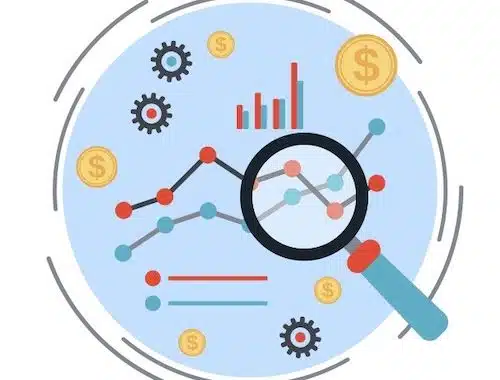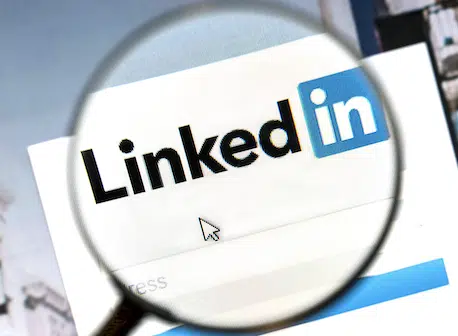
Is it overly optimistic to use the term “post-pandemic” to describe present conditions? Maybe. After all, we’re still hearing about COVID-19 variants and subvariants, and people are still contracting the virus in large numbers, though the death rate is much lower and fewer are getting seriously ill. But on the other hand, there are no more lockdowns and fewer social distancing guidelines today.
So it’s not unreasonable to conclude we’re on the downside of the pandemic…at least for now. That means it’s time to look at the marketing trends and strategies that emerged during the height of the pandemic and are still with us.
Let’s start with the most noticeable.
We’re Getting Business Done Through Screens
Consider the numbers for a formerly little-known video conferencing tool known as Zoom. Just before COVID hit America, Zoom was handling about ten million calls a day. Not bad. But one year into the pandemic, that average daily usage jumped to 350 million.
It made sense. Who wanted to hop on an airplane to see a customer at a location that might be even more of an infection health risk than your own city? Conferences, workshops, annual meetings, and new client presentations—all could be scrapped and replaced by virtual face-to-face through computer screens from the safety of your home.
Amazon and other web commerce and merchandise delivery services similarly benefited. eCommerce was already trending upward in both B2B and B2C sectors over the last several years, but usage skyrocketed during the COVID years. Consumers and business shoppers alike saw the advantages of groceries, supplies, and other necessities left in lobbies or on front porches.
(Some of) Your Audience is Eager to Mingle
This might sound like a contradiction of the previous trend, but it really means that you need a hybrid model of audience interaction. Some will refuse to do business any way except virtually, while others can’t wait to get back into the world again and meet face to face.
That’s why your business must get good at offering sales and marketing channels for both kinds of people. If you have a physical location, open it for business to the degree to which you feel comfortable, but don’t think of abandoning or downscaling the successful e-commerce business you built to survive during the pandemic. Keep both channels open.
If you announce a meeting or a conference or plan a major sale at your brick-and-mortar location, make sure your audience understands that actions will be taken to keep everyone as safe as possible. Announce your mask and social distancing expectations, and try not to create an environment that will be overcrowded.
Inflation and Cost Sensitivity are on Everyone’s Mind
According to a May 2022 survey conducted by Pew Research Center, inflation was the top concern of Americans by a landslide. Seventy percent of respondents called it a “very big problem.” This outdistanced the 55 percent who said the same of the cost of healthcare and the 54 percent who made crime their top concern.
That means buyers are looking closely at price tags, whether they’re shopping in the B2B or the B2C sector. Can you make cost a major selling point? If you can find a way of bringing your selling costs down, it could be a distinct competitive advantage. So be sure to make that distinction a big part of your marketing communications strategy.
If, however, there’s not much you can do about your product or service charges, be sure your customers understand the value of what they’re paying for. Remember that cost sensitivity will be important to your audience (and, therefore, your company) for the foreseeable future, regardless of your business category.
If your customers must tighten budgets, you don’t want to be a victim.
Social Media Has Become a Constant, Though Not Always Highly Respected, Friend
Everyone complains about social media…but most post those complaints on social media. The point is that your customers went to Facebook, Instagram, TikTok, LinkedIn, and other social media sites during the pandemic because these virtual gathering spots were as close as most could get to business networking or socializing. Lockdowns may have felt a little less locked down since people could still communicate via screens.
And people have stayed online. A January 2022 survey by Global WebIndex revealed that more than 58 percent of the world’s population uses social media. The average usage time on a daily basis is just short of two-and-a-half hours.
Your company should be there, too. Interact with your audience as organically as possible. That means your presence must be more than the occasional ad selling a product or service. You must remain an integral part of this virtual social world of theirs.
Make 800.com a Key Component of Your Marcom Strategy
At 800.com, we make companies memorable to their audiences with relevant and strategic vanity phone numbers. Make your new response phone number the strong call to action of all of your marketing communications. We’ll show you how.
Visit 800.com or call us at (800) 800-4321.












